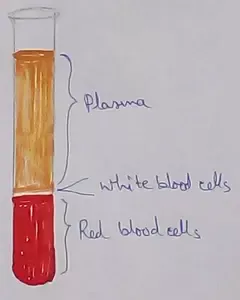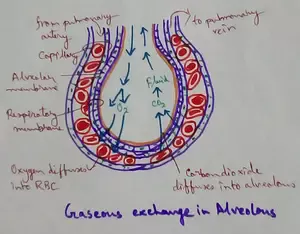Honey-Bee
Honey-bees are one of the hard working, social and disciplined animal on earth. Like butterflies, honey-bees have two pairs of wings and three pairs of jointed legs too. So they are also treated as insects.
The body of a honey-bee is divisible into three parts — head, thorax and abdomen. These three parts are put together one after another by two very narrow joints.
Honey-bees are beneficial to mankind because they give us honey and wax. They also help in pollination, as a result of which flowers transform into fruits.
Several thousands of honey-bees live together in a hive. So they are known as social insects.
Honey-bees
build large nests called hives or honeycomb. You may notice beehives hanging
from branches of large trees, ceilings and sunshades of large buildings
especially near flower gardens. Beehives appear like large U shaped bags.
Worker bees build the nests by a material, which is secreted from their body.
It is called bee wax. Wax is produced in the wax glands of the worker bees. There
are four pairs of wax glands under their abdomen. The secretion, which comes
out, dries up in the form of thin scales. The worker bees join these wax scales
one after another with their feet and jaws to build beautiful hives, which
contain several combs or six-sided cells.
The queen bee lives in the largest cell, which is situated at the bottom of the hive. Drones live in medium cells and the smaller chambers are occupied by the larvae of worker bees. Adult workers do not have any cell because they have no time to take a rest. Honey-bees store honey in the upper cells and seal the openings with wax. There are some open cells below the honey cells in which bees store pollen grains. A hive has some special brood chambers. Each brood-chamber is provided with an egg for hatching.
Recent Articles
-
What Is Plasma? | Blood Plasma | Proteins | Nutrients | Cholesterol
Nov 07, 25 10:29 AM
Blood is a mobile fluid which is a connective tissue and is derived from the mesoderm like cell any other connective tissue. Colour of blood is reddish and that flows inside the blood vessels by means… -
Disorders of Respiratory System | Tuberculosis | Pleurisy | Emphysema
Oct 28, 25 11:39 PM
Tuberculosis is very common disease and is caused by a type of bacteria called Mycobacterium tuberculosis. This disease causes different trouble in the respiration and infection of several parts of th… -
Regulation of Respiration | Respiratory Centres | Inspiratory Area |
Oct 14, 25 12:13 AM
Respiratory Centre is the area that controls the rate of respiration and it is observed to be located in medulla oblongata and pons. Respiratory Centre has the following will dispersed components like… -
Explain Transport of Gases | External Respiration | Tissue Respiration
Oct 09, 25 11:35 PM
In humans gaseous exchange is completed in the following ways the steps are - External Respiration or Breathing - Breathing in false taking in of Oxygen and giving out of carbon dioxide in the body. M… -
Kind and Number of Teeth | Location of Teeth in Mouth | Care of Teeth
Sep 11, 25 12:52 AM
Kind and Number of Teeth





New! Comments
Have your say about what you just read! Leave me a comment in the box below.